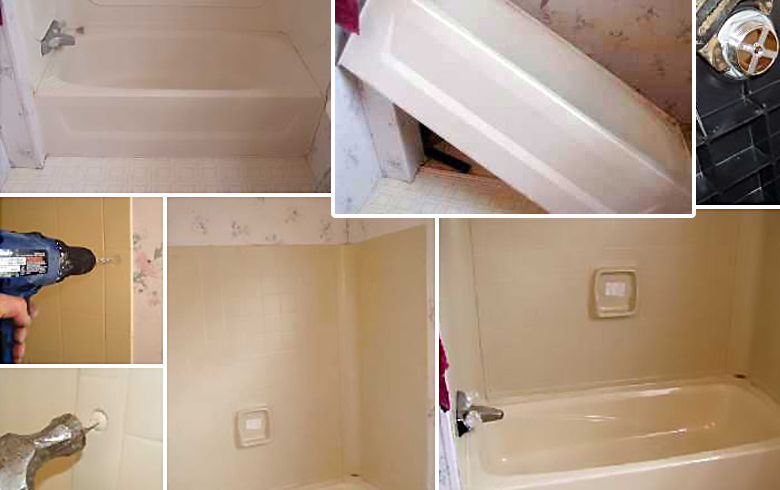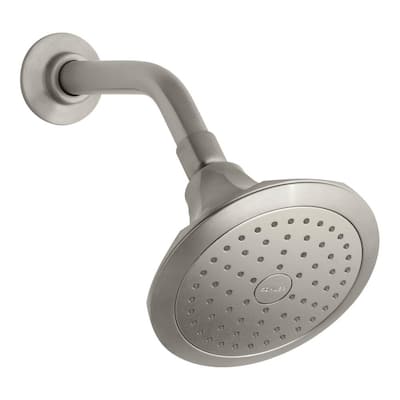5 Acrylic Bathroom Issues and Solutions
5 Acrylic Bathroom Issues and Solutions
Blog Article
{Suggested Site Were you trying to locate advise about Hiring a Plumbing Expert? We recommend that you clean your acrylic bathing product made of Delta ProCrylic or Acrylic with Innovex Technology with non-abrasive soaps and cleaners, such as: When it’s time to clean, always use a terry cloth towel, soft cloth or sponge to avoid scratching the acrylic surface. Don’t use abrasive scrubbing pads, steel wool or sponges, cause permanent damage to the acrylic material. If you use a drain cleaner or clog remover, be sure to rinse thoroughly with water so no product is left standing near the drain. Some chemicals and cleaners may deteriorate acrylic surfaces, causing cracks and, potentially, property damage. To avoid this, don’t use cleaning products that state on their label that they are not suitable for use on Acrylic, ABS, Polystyrene or Plastic. Be sure to check the label of any product before you apply it to the surface; it’s easier to avoid damage than to try to remedy it. Chemicals we do not recommend using to clean acrylic showers/tubs: When you’re ready to apply sealant, a little planning goes a long way. Pick up some painter’s tape and use it to mask off the seam to help make cleaning up easier. When you’re applying the bead, use a constant, steady speed to avoid an uneven finish. Use a caulk tool or a plastic spoon to work the sealant into the joint. Wetting the tool with denatured alcohol will help create a smooth finish. Follow the directions on the back of the tube for cure time. Certain chemicals and cleaners may deteriorate acrylic surfaces, causing cracks and, potentially, property damage. After you’re finished applying it, clean up the product surface and remove any excess sealant with denatured alcohol. Don’t use solvents (turpentine, lacquer thinner, mineral spirits, paint thinner, MEK, xylene, acetone, naphtha, etc.) that can wreak havoc on an acrylic surface. With a little care and consideration, you can prevent damage to your acrylic shower or tub. Keep a supply of soft cloths handy and remove any damaging products or abrasive scrubbing items from the bathroom to ensure they aren’t around when it’s time to clean. https://www.deltafaucet.com/design-innovation/inspiredliving/how-to-clean-acrylic-shower Do you really like reading about Finding the Right Plumbing Expert? Give a short review below. We will be interested to know your ideas about this post. Hoping to see you back again later on. If you liked our post if you please make sure you remember to pass it around. Thank you for going through it.
Acrylic baths, shower trays, and also various other acrylic washroom ware have actually become extra common in washrooms in recent times. Thanks to modern chemistry we now have options to enamel as well as ceramic products for shower room components. These include various polers and also plastic materials. Not as classy as well as sturdy as enamel and porcelain baths and fixtures, they are extra budget friendly and also offer quite much the exact same basic purpose. These materials are very easy to produce, shop, and transport and also in the incidence of damage, they are conveniently fixed. Some usual examples of damage to acrylic bathroom components consist of discoloration, cracks, holes, etc. Allow's have a look at a few of these troubles and also fast methods of repairing them.Bathroom Discoloration
With prolonged use of acrylic baths comes staining or discoloration. While some spots can be removed conveniently, making use of unique chemicals, others need that the bath be resprayed. It is necessary to keep in mind that bleach or detergents do really little in eliminating such discoloration and they may even aggravate it. Many times, these cleaning up representatives generate discoloration in time. Aromatherapy oils loosen the dust in some cases thereby restoring the bath to its previous magnificence. Cleansing and brightening likewise sometimes. For even more persistent spots, you will certainly need a brand-new layer of finishing. This type of dealing with will certainly call for a specialist.Chemical Reactions
Sometimes, individuals try to repaint the whole surface of their acrylic bath by themselves either since they do not such as the color to conceal imperfections. You ought to never use paint remover on acrylic baths. Paint removers do not respond with the surface area of metal bathrooms, they destroy acrylic bathrooms irreversibly.Scratched shower or bath surface area
Polymer restroom fixtures are not abrasion-resistant like enamel selections. Being a very soft material, acrylic scratches can even be concealed without finishing or dental filling. For these, you must seek professional help for your bathroom repairs.Cracked Acrylic Baths
The lifespan of acrylic and fiberglass bathrooms is up to 15-20 years for shower frying pans and also bathrooms, normally. Cracks in an acrylic shower tray are most likely among the most convenient troubles to repair for a repair professional. The very best component is you get to see the outcomes almost promptly. This coincides for PVC, material, and various other such products. A minute split should be addressed in a timely manner before it spreads out additional bring about a lot more severe damages. While these can be chosen a budget plan tackily, a professional can help you get it done with even more skill for a fee. Quick house solutions can be finished with epoxy materials yet if the result ends up improperly, this would certainly make the repair much more difficult for a professional.
Acrylic bathrooms, shower trays, and other acrylic bathroom ware have actually ended up being much more common in washrooms in current times. With extended use of acrylic baths comes staining or discoloration. You ought to never make use of paint cleaner on acrylic bathrooms. Paint cleaners do not react with the surface area of steel bathrooms, they damage acrylic baths irreversibly. The lifespan of acrylic as well as fiberglass bathrooms is up to 15-20 years for shower pans as well as baths, typically.How to clean Acrylic shower
USE THESE NON-ABRASIVE CLEANERS
DO NOT USE THESE CLEANERS
Sealant Application Tips

Explore